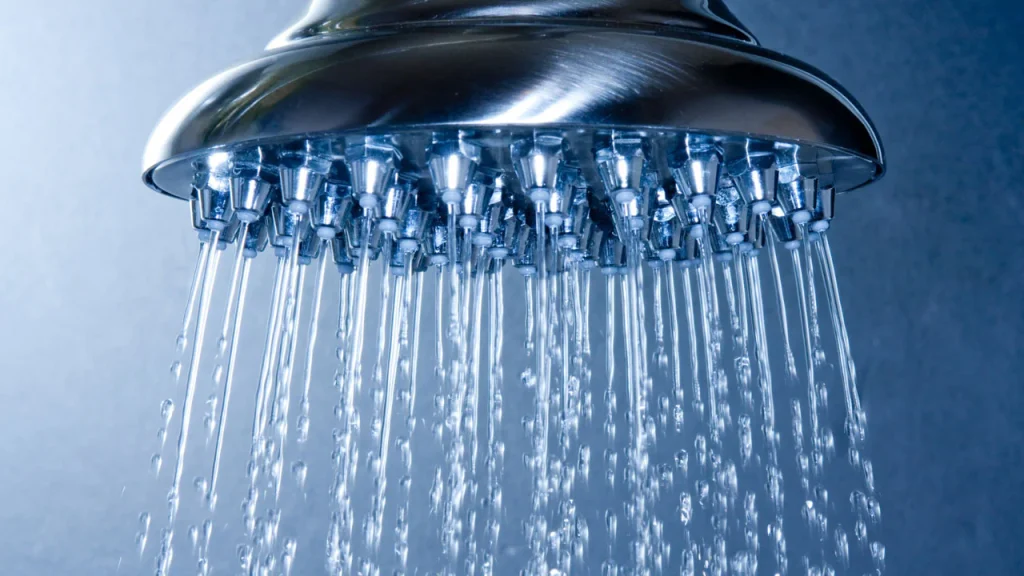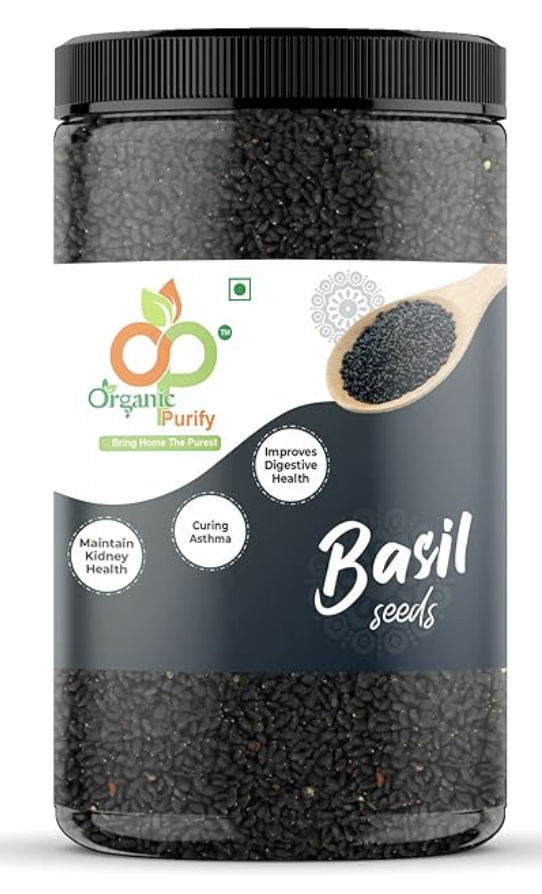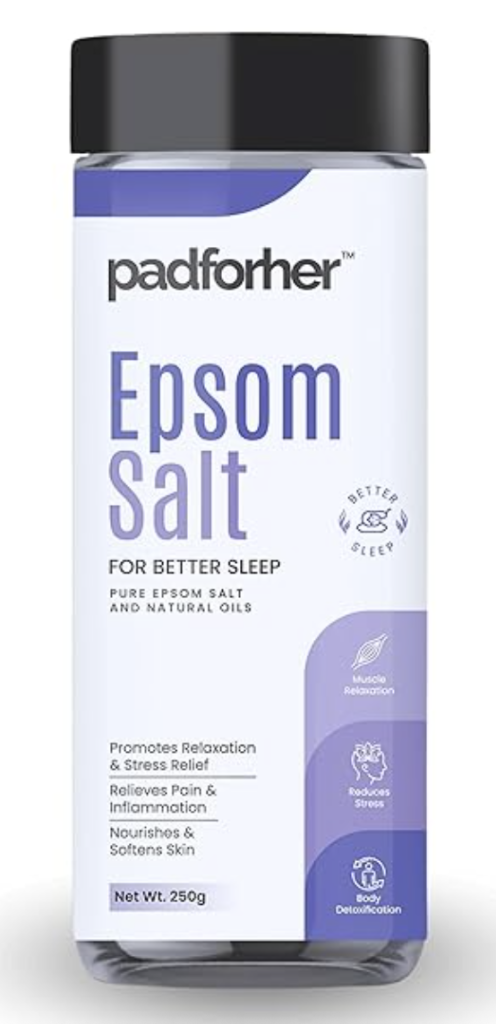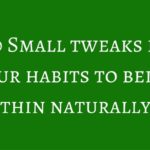
Cold showers have become a buzzy wellness trend lately, but is there actual science behind them, or are they just a passing fad? Over the past decade, researchers have probed how brief exposure to cold water affects the body, from immune response to mood, metabolism, recovery, and focus. What emerges is a nuanced picture: cold showers can offer real benefits when used thoughtfully, but they’re not a cure‑all.
Let’s unpack the science behind cold showers to understand what works, why it works, and who should approach the chill with caution.
Immune resilience: Do cold showers strengthen your defence?
One of the most compelling claims about cold showers is their immune‑boosting potential. In a randomized trial, participants who added 30 to 90 seconds of cold water at the end of each shower for thirty days reported a 29% reduction in sick leave compared to those taking only warm showers. The cold stimulus appears to prime the body’s innate defense by triggering an increase in antibody and cytokine activity.
Another controlled study showed that after 90 days of daily cold showers, levels of immunoglobulins IgM and interleukins IL‑2 and IL‑4 rose significantly, suggesting enhanced humoral and T‑cell mediated immunity. Although more research is required, these findings support the idea that cold showers may serve as an accessible, non‑pharmaceutical way to boost immune readiness.
Mood uplift and stress regulation: The neurochemical effects
Stepping under cold water triggers the sympathetic nervous system, the body’s fight‑or‑flight response, which leads to a surge of noradrenaline, dopamine, and endorphins. Research shows that people report improved mood, reduced anxiety, and enhanced mental clarity in as little as two weeks of daily cold shower exposure.
A review of 11 studies concluded that cold water immersion could reduce stress levels for up to 12 hours post-exposure. Similarly, users of guided cold shower experiences report feeling calmer, more focused, and energized without relying on caffeine. The controlled stress of cold water may train the body to better regulate cortisol rhythms over time.
Improved circulation and metabolic activation
When cold water hits the skin, blood vessels constrict, redirecting flow to internal organs. As warmth returns, vessels dilate, enhancing circulation. This cycle of vasoconstriction and vasodilation supports greater blood flow and nutrient delivery, a benefit for both cardiovascular health and recovery.
Cold exposure also activates brown adipose tissue, a special type of fat that burns calories to produce heat (thermogenesis). Some studies suggest that cold exposure can boost metabolic rate by up to 350%, though this is modest in practical terms. Over time, however, these small boosts can support overall metabolic health.
Recovery and reduced inflammation
Athletes have long embraced cold water immersion to reduce muscle soreness and inflammation after intense workouts. Research indicates that consistent cold exposure can lead to reductions in markers of inflammation, such as C‑reactive protein and interleukin‑6.
That said, timing matters. Evidence suggests that taking a cold shower immediately after resistance training may blunt the anabolic signals essential for muscle growth. A better approach is to wait a few hours post-workout before using cold therapy to aid recovery without interfering with muscle adaptation.
Cognitive clarity and better sleep
Regular cold plunge studies and splashing cold water on your face have shown improvements in cognitive performance, including processing speed and executive function. Participants in one four‑week trial improved significantly on cognitive tests after three brief weekly cold exposures, also reporting reduced sleep disturbances.
Cold showers regulate the autonomic nervous system, activating the parasympathetic “rest and digest” response once the initial shock fades. This process may enhance sleep quality, reduce nighttime awakenings, and improve feeling refreshed on waking.
Potential risks and safety considerations
While cold showers offer potential rewards, they also carry risks, especially for those with underlying health issues. Sudden immersion in cold may spike blood pressure, trigger irregular heart rhythm, or cause circulatory stress in individuals with heart disease or hypertension.
Cold urticaria, Raynaud’s syndrome, or respiratory conditions may also make cold showers unsafe. Some reports have linked extreme cold immersion techniques (like the Wim Hof Method) to cardiac arrhythmias and in rare cases, severe injury or death.
Experts recommend starting slowly, just 30 seconds at a time, and increasing duration as tolerated. Maintain water temperature between about 50°F (10 °C) and 60°F (16 °C) to reduce risks and avoid hypothermia.
How to integrate cold showers safely into your routine
If you’re considering trying cold showers, begin gradually. Start your usual warm shower, then switch to cool, working toward 30–90 seconds of colder water at the end. Once accustomed, you can aim for 2–3 minutes total exposure.
Use a contrast approach post-exercise: begin with warm water for three minutes, followed by one minute of cold, repeated for a cycle. Always end with cold to finish.
Avoid cold showers immediately after heavy strength training. Instead, reserve them for recovery days or non-exercise mornings. Listen to your body if you experience dizziness, excessive shivering, or breathlessness, ease off or stop.
Pregnant individuals or anyone with cardiovascular or circulatory conditions should consult a healthcare provider before beginning cold therapy.
Ffinal thoughts
The science behind cold showers is promising, with evidence supporting improvements in immunity, mood, metabolism, circulation, and recovery. While they are not a miracle solution, cold showers can be a cost‑effective, eco‑friendly addition to a wellness routine when applied sensibly.
Use them as a tool, not a test of toughness. Begin gently, build tolerance, respect your limits, and seek medical advice if you have underlying health concerns. When integrated mindfully, cold showers offer more than a chill they offer a path to resilience, clarity, and well‑being.






Leave a Reply